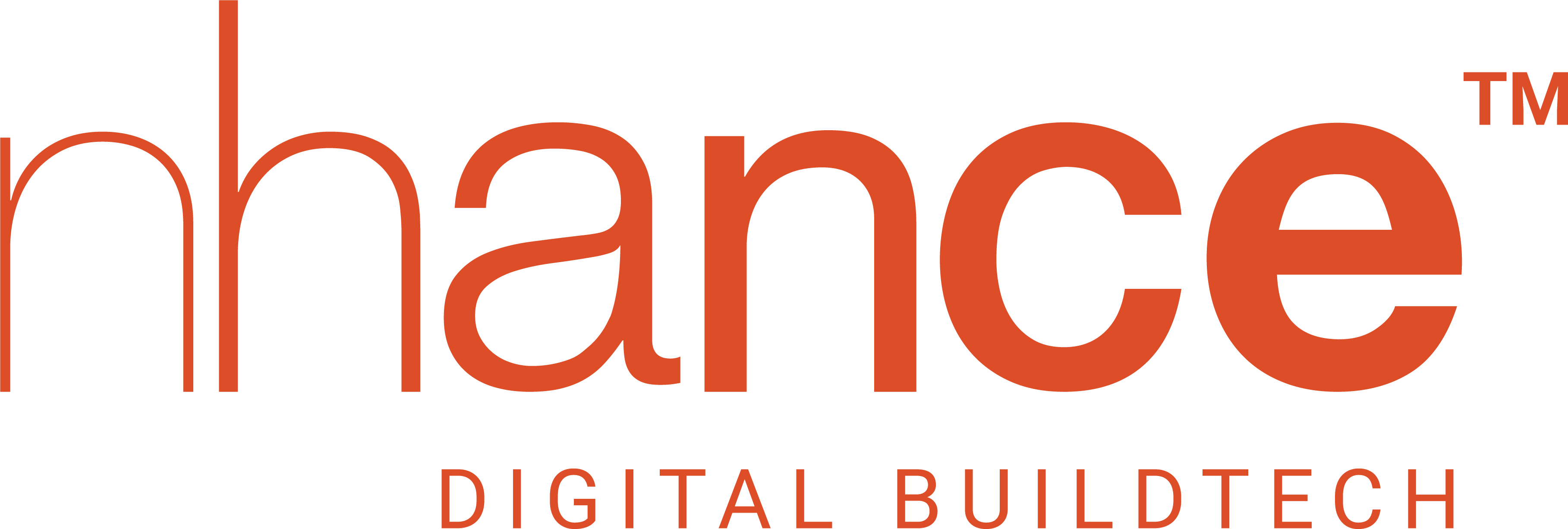Disruptions like the pandemic and individual choices to modernize are prompting technological changes across the globe and across industries. Likewise, the global architecture, engineering, construction, and facilities operations (AECO) industry is also experiencing technological disruptions that are renewing its construction, collaboration, and operation paradigms.
The digital building lifecycle (DBL) is emerging as a new digital frontier of smart physical, digital and social environments. DBL offers an interactive, adaptive, and evolving built environment. The adaptable environment of DBL harmonizes the gap between data management and data visualization and enables continuous conception, development, and refining processes. The built environment’s first concept to the final operative model can be designed in it by using cutting-edge technologies like digital twin, AI, and other combinations in the metaverse.
Data is imperative to improve the functioning of the digital building lifecycle, whereas building information management is imperative for reliable data. These two imperatives together are crucial to embracing the digital building lifecycle. DBL comprises 11 different phases ranging from information gathering for informed investment choices to the end of the physical lifecycle and digital handover.
The digital building lifecycle enables:
1. Digital twin technology for replicating the real physical infrastructure, 3D visualizations, and lifecycle management
2. BIM-driven co-ordinated and informed workflows, plan conception and data storage
3. Integration of BIM, BMS, Computerised Maintenance Management Systems, and IoT systems.
4. Data powered by AI for asset maintenance, occupancy management, and predictions on future space requirements.
5. Spatial computing makes the built environment tangible by enabling immediate prototyping and innovation.
6. Extended Reality (AR, MR, VR), reality capture, robots, and drones to enable a digital supply chain.
7. Strategies to transform physical settings into reused and recyclable resources that are sustainable.
Benefits Of Adopting Digital Building Lifecycle:
Besides bringing a digital revolution in the management of buildings, there are diverse benefits to embracing the digital building lifecycle.
Resilient designs: Simulations in the pre-construction phase can help to learn what works for the built environment and what doesn’t, aiding in the best course of action. Simulations using digital twin allow comparing, evaluating, project controlling, and improving the overall performance of various designs and at various stages of the life cycle.
Continuous developments: Building information modelling (BIM) has revolutionized the building lifecycle by allowing continuous development and preventative maintenance. It also provides valuable data and information for ensuring the better life of buildings.
Data Insights to enable future buildings: Smart technologies aid the collection and analysis of real-time data derived from multiple integrated systems and sensors in the built ecosystem. The data insights into the performance and issues at hand, thus collected, help to deliver enhanced end-user experiences and digital outcomes. The shareable and consumable information allows the built environments to make strategic decisions related to safety, security, and resilience in pre and post-construction phases.
Increased efficiency for improving scalability: Integration of various systems, third-party applications, services, and equipment gives efficiency in the planning and commissioning processes as well as in business expansion and operations. Thus, making it a cost-effective and sustainable strategy.
The use of technology also regulates better space utilization and occupancy management. It generates high business value across the lifecycle and significant advantages for all involved stakeholders.
Technologically advanced environment: Low to no-code-based applications can be built in the ecosystem with minimal effort, which again is instrumental in scaling. Other than that, transparency through regular monitoring and end-user satisfaction are also imminent with advanced technology.
Improved communication: Similar information is available to all stakeholders at any given time and in any given phase, avoiding any lag in communication and allowing for collaborative decision-making.
Saving resources: The proactive monitoring throughout the pre and post-construction phase minimizes the wastage of resources throughout the lifecycle, minimizes costs, and converts waste into reusable recycled resources.
The endeavour of the digital building lifecycle is worthwhile as it is set to transform the built environment by using cutting-edge technology. Future design techniques in DBL will enable better performance through the right information at the right time to deliver transparent and accurate future built environments.
If you™re ready to reimagine your building management process and enhance your building lifecycle, nhance digital building solutions can help. To schedule a free demo, click here, our expert will get in touch with you.








